Sleek, brutalist, concrete architecture of a building. Image by Bromine from Pixabay
Have you ever driven around Florida and wondered why certain buildings look the way they do? They look modern but strange. You can’t quite put your finger on it. You wonder what kind of architecture is that?
As it turns out, there is a name for the kind of architecture you’re seeing and it’s called brutalism. No, this does not mean it’s brutal as in it was constructed in brutal times or from brutal concrete by brutal workers. Brutalism is an architectural style that spawned from the modernist architectural movement and which flourished from the 1950s to the 1970s.
Modernism is both a philosophical movement and an art movement that arose from broad transformations in Western society during the late 19th and early 20th centuries. During this time, there was a desire for the creation of new forms of art, philosophy, and social organization which reflected the newly emerging industrial world, motivated by urbanization, new technologies, and war. Artists attempted to depart from traditional forms of art, which they considered outdated or obsolete.
As a result, modern artists sought to change their art and architects sought to change the traditional shape of buildings as well.
Brutalist buildings are characterised by minimalist constructions that showcase the bare building materials and structural elements over decorative design. The style commonly makes use of exposed concrete or brick, angular geometric shapes and a predominantly monochrome colour palette. Features include other materials such as steel, timber and glass.
The term “brutalism” is derived from the Swedish phrase nybrutalism; the term “New Brutalism” was first used by British architects Alison and Peter Smithson for their pioneering approach to design.
Let’s take a look at some examples throughout Florida of this peculiar architectural style.
Jacksonville
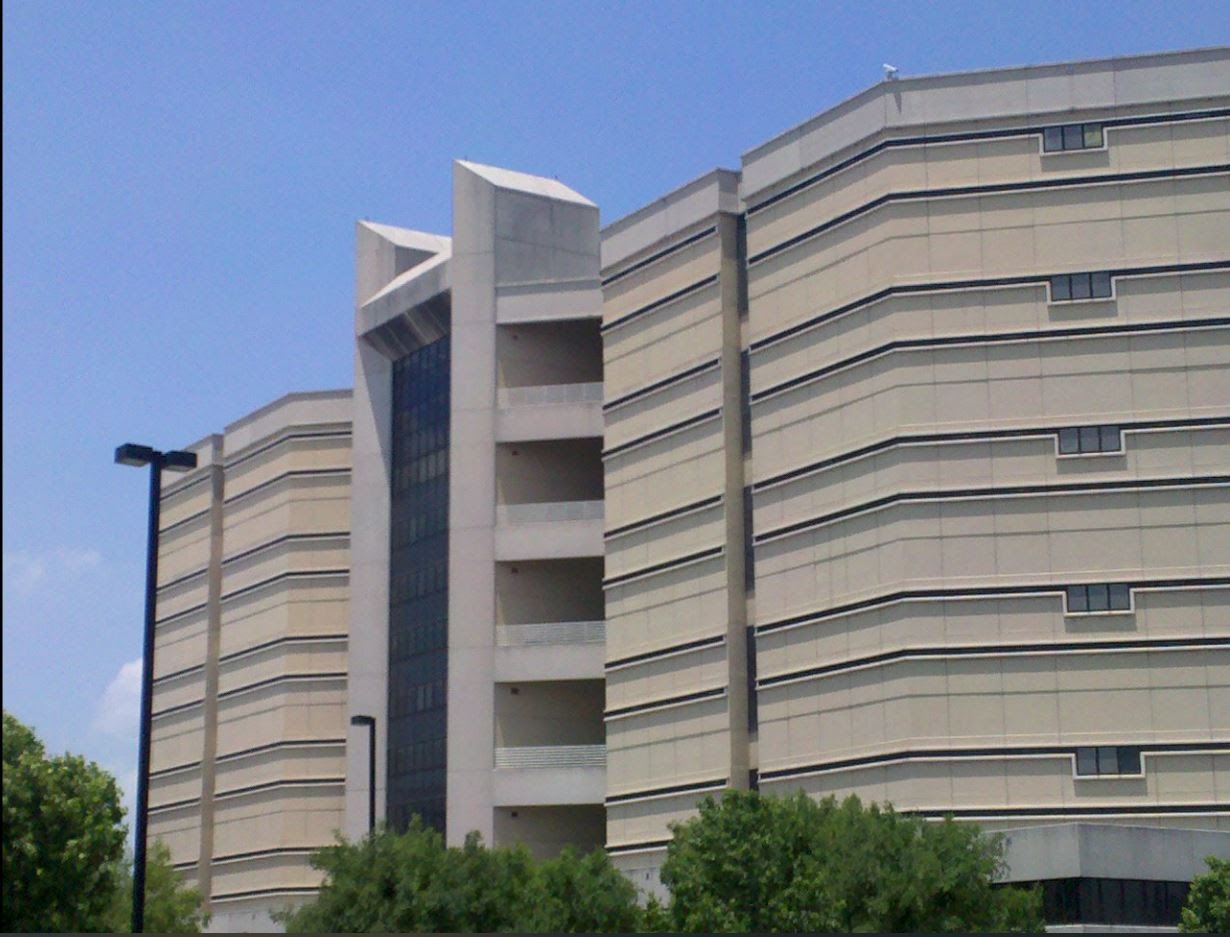
The 12-story John E. Goode Pretrial Detention Center (also known as the Duval County Jail) was completed in 1991 with an ideal riverfront view of the city. Both examples of Brutalism, the $68 million jail and neighboring Police Memorial Building replaced an early 20th century warehouse district associated with the former Jacksonville Shipyards.

Located at 655 West 8th Street is University of Florida (UF) Health Jacksonville. Established in 1870, the hospital is considered one of the best in Florida. It operates one of three Florida-based Poison Information Centers.
UF Health’s Jacksonville campus has gone through some serious changes over the years. During the late 1960s, an upscale Black neighborhood known as Sugar Hill was cleared to make way for the expansion of nearby hospitals. The ground was broken on the 10-story Methodist Hospital Plaza Tower I in 1973. Completed in 1975, a $6 million twin 10-story building, Methodist Hospital Plaza Tower II, opened on June 29, 1980 with an enclosed shopping mall tying the two highrises together.
Orlando
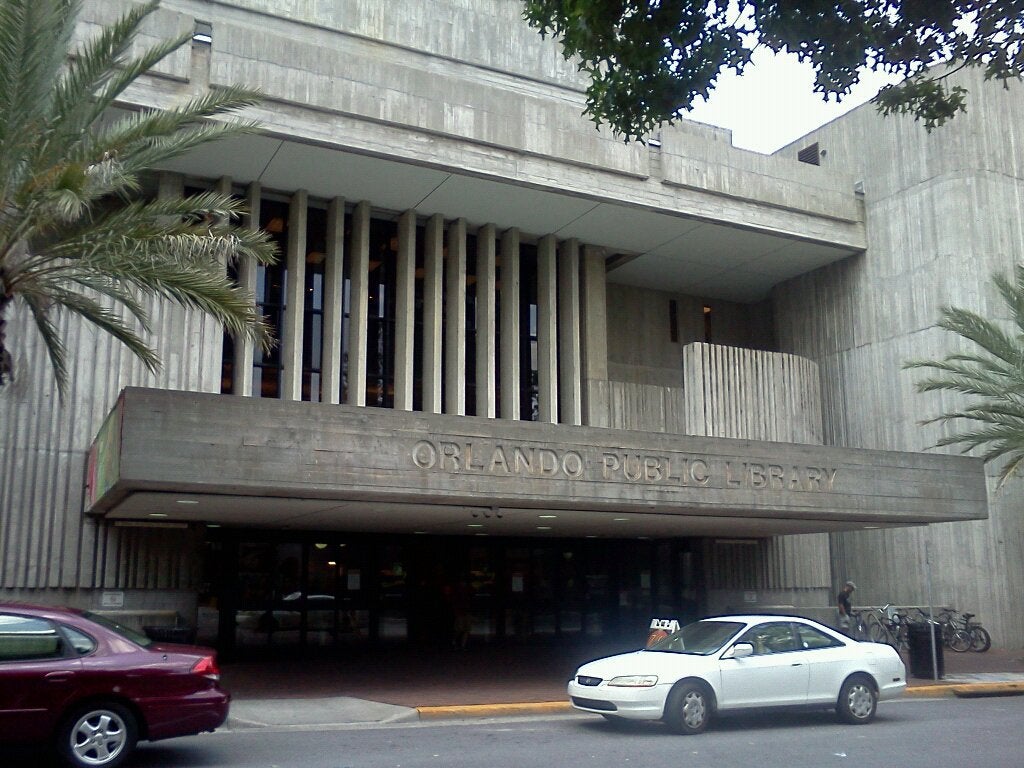
The Orlando Public Library celebrated its 50th anniversary of the dedication of their Downtown building in 2016.
The library building was designed by Harvard Five architect, John M. Johansen. It was not a popular structure during its time. The concrete exterior is a prime example of Brutalism, and was thought to be too severe at the time of its construction in 1966.
West Palm Beach
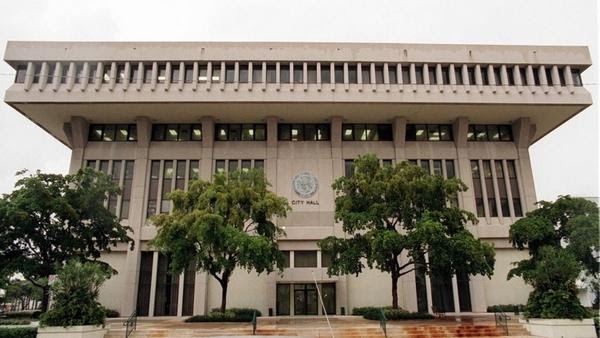 The former West Palm Beach City Hall. Photo: www.palmbeachpost.com
The former West Palm Beach City Hall. Photo: www.palmbeachpost.com
Fort Lauderale
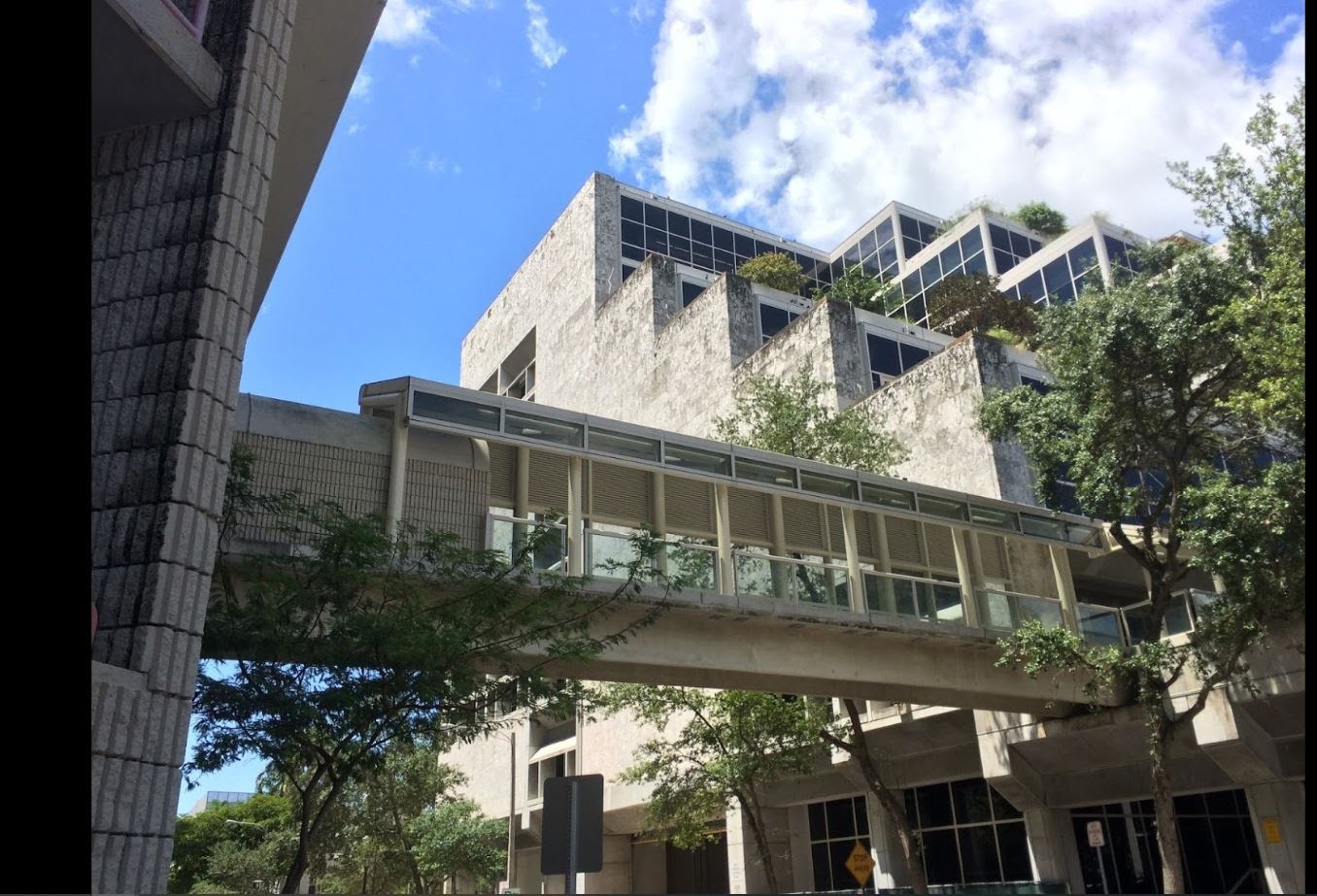
Boca Raton
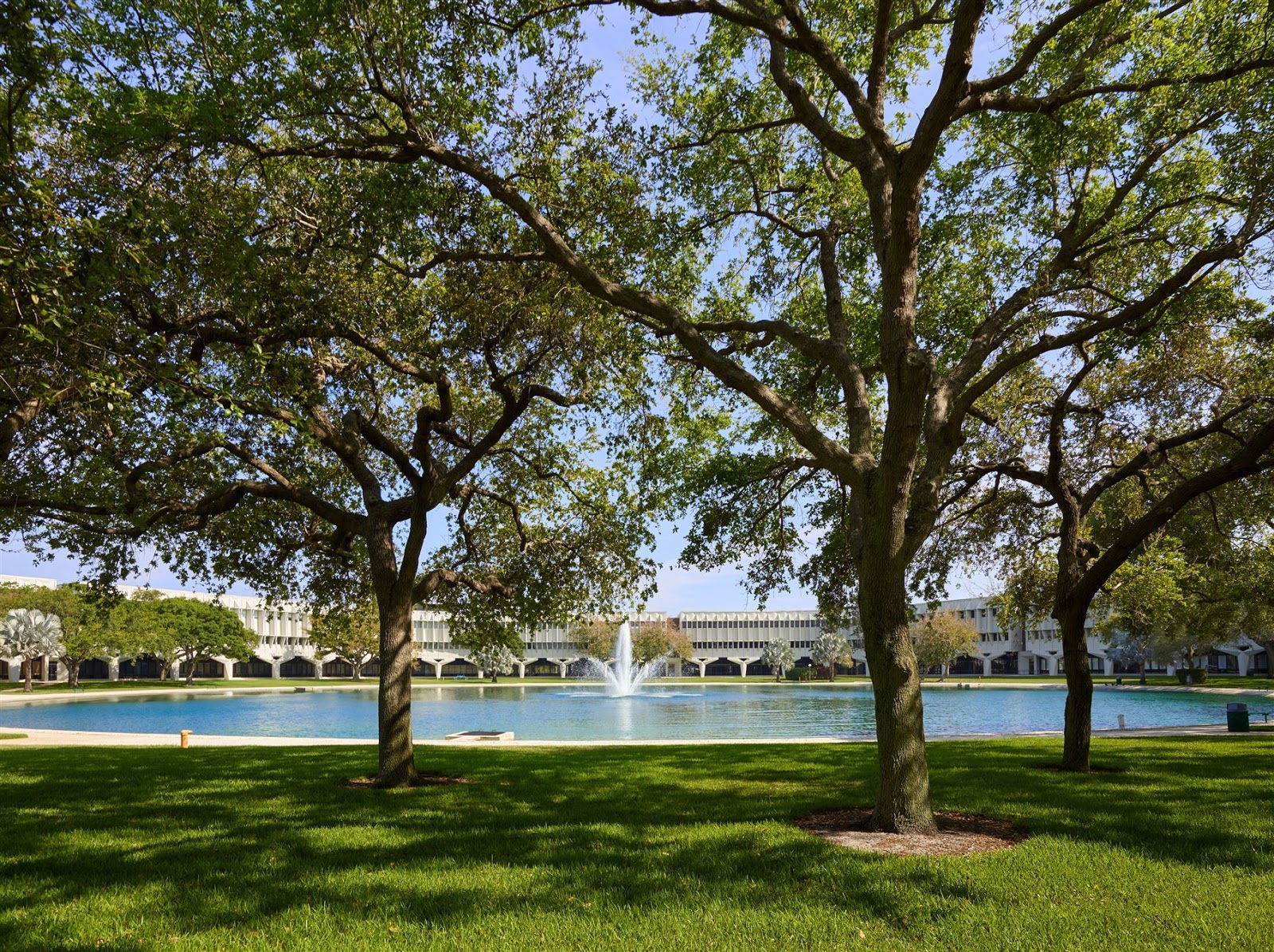
Fun fact: The old IBM site was where the first personal computer was developed.
Miami
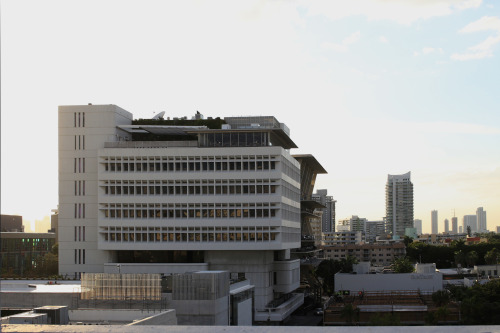
The mixed use project by Herzog & de Meuron represents a return of Brutalism to south Florida. The new parking garage, retail and residential addition to the existing Suntrust bank is a composition of similar opposites. The original bank building is a brutalist building in every sense. It is big, bulky, grey and dark.
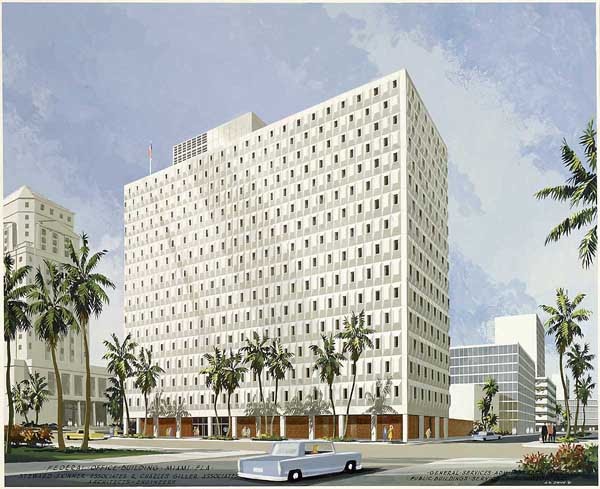
Designed in 1961 and constructed in 1964, this Federal office building was renamed the Claude Pepper Federal Building after the long-time Florida congressman. The building houses employees of several agencies, including the U.S. Bankruptcy Court, Department of Veterans Affairs, Social Security Administration, and U.S. Marshals Service. Like many of its contemporaries, little distinguishes the structure from modern office buildings that can be seen in many American cities, nor does the design give hints that this is a federal building.
For more examples of brutalist architecture in Miami, please visit the Miami Brutalism blog.





